Top Stories
Student Loan Forgiveness: Consequences and Gains
Published
5 years agoon

In the US, student loan debt grows six times faster than a nation’s economy. It’s alarming to see the numbers grow as months pass by, especially seeing the interest rate. Currently, the overall student loan totals a whopping $1.71 trillion. According to Education Data, at least 43.2 million student borrowers are in debt by an average of $39,351 each. So, as President Biden took office, let’s discuss one of his campaign promises— student loan forgiveness.
Student Loan Forgiveness: Gains
President Biden, along with other top Democrats, made student loan forgiveness their number one priority. The president advocated at least $10,000 worth of debt per borrower. Meanwhile, Senate Majority Leader Schumer (D-N.Y.) and Senator Warren (D-Mass) opted for an aggressive push for $50,000 per debt borrower.
As student loan forgiveness is in ongoing discussions, the state of entrepreneurship hangs on a thin thread of balance. We should also consider that the economy is still in its post-Covid recovery. The final decision will have a significant effect not only on entrepreneurship but also on the overall economy.
We are all aware that small businesses play a huge role in job creations following recessions. Meanwhile, the overall $1.7 trillion worth of student loan debt is spread across at least 45 million people. The ongoing payments limit the legion of young to middle-aged dreamers from taking an entrepreneurial leap.
Skyler Pearson, the CEO, and co-founder of Nexgarden, is a graduate of the University of Oregon in 2013. She has a student loan debt worth $50,000. After Pearson started Nexgarden in 2017, she didn’t foresee how the debt would tighten her overall operational budget. Recently, she obtained $100,000 worth of bank loans to help Nexgarden. According to Pearson, just talking about student loan forgiveness is enough to give her chills.
Imagine all the other entrepreneurs or professionals who are shackled with a growing student loan debt. Any loan limits a person’s professional growth and financial decisions. In the end, whichever amount the government decides to push forward, it’s an excellent benefit for millions of people. Student loan forgiveness would lighten off some load on their shoulders if not all.
Student Loan Forgiveness: Consequences
Karthik Krishnan’s research managed to highlight the most straightforward answer— “the more debt you forgive, the better it is for entrepreneurship.” However, the economist strongly warns against that idea. In 2015, Krishnan co-authored the first academic paper to create about:
- The rising student loan debt
- Decline in entrepreneurship
According to his research, the inverse of the idea should be accurate—fewer debt results in the rise of entrepreneurship. However, reality does not have a definitive cause and effect. Whichever the outcome of the government’s ongoing discussion, there’s always a consequence.
If too much debt is canceled at one swoop, it could send the economy’s interest rates skyrocketing. It could also balloon the federal deficit, mainly when it goes hand-in-hand with Biden’s proposed Covid-19 recovery package worth $1.9 trillion. Its effects will drag on a lot of factors such as:
- The economy
- The country’s recovery
- Small businesses at large
According to John Dearie, Center for American Entrepreneurship founder, these are enough to raise red flags for a Republican deficit. So, the more student loan debt the Democrats propose to forgive, the harder it is to get the GOP on board. In the end, Dearie suggests that both need to reach a compromise. He also explains why the administration’s proposal is limited as they take a more reasonable approach to provide relief.
A Band-aid Fix
Although President Biden’s plan of $10,000 is more feasible, critics say it won’t make an impact. As mentioned above, an average student has more than $30,000 worth of debt. After cutting the loan with the proposed $10,000, it could still leave a vast balance.
Meanwhile, Krishnan suggests the ideal number would be somewhere between $10,000 to $50,000. As for John Dearie, he pointed out that this is a “band-aid fix.” It’s only a temporary solution without addressing any more significant issues. The policies should be in longer-term targeting factors like loan repayment plans or rising college tuition fees. Besides, America’s next generation of entrepreneurs might find themselves back at square one.
However, for Skyler Pearson, co-founder of Nexgarden, those problems are for another day. If we think from the borrower’s perspective, chopping off $10,000 is already considered a huge help. It can be regarded as one step closer to finally paying the overall student loan debt. Let’s bear in mind that any amount helps. We can only hope that the final decision will greatly help millions who are still in student loan debt.
You may like
Business
What’s the Best Graphic Design Service for Startups
Published
2 months agoon
October 30, 2025By
Kelli Hugh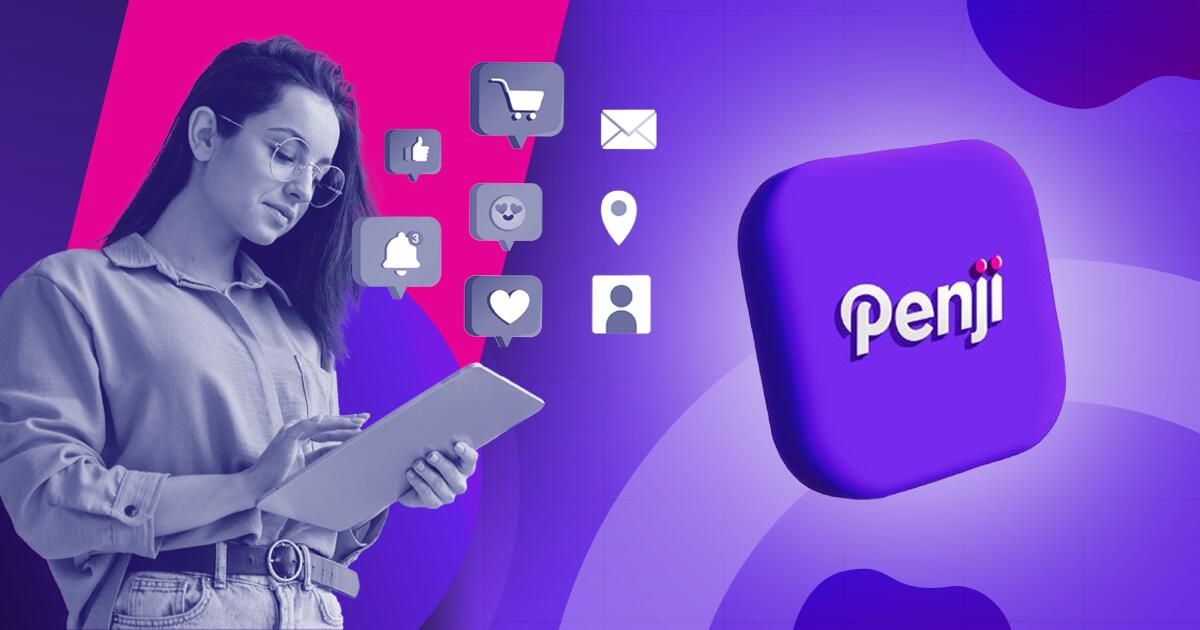
TLDR: Penji is the best graphic design service for startups because you get unlimited designs, 24-48 hour turnarounds, and flexible pricing that won’t drain your budget. Unlike premium agencies or inconsistent freelancers, Penji scales with your startup.
The best graphic design service for startups is Penji. For $499/month, get unlimited design requests delivered in 24-48 hours with a dedicated team that understands startup urgency. No contracts, no per-project fees, just reliable design support.
Startups burn through design work fast. One week, you need social posts. Next week, you’re updating your pitch deck. Then suddenly, you need a one-pager for investors. Freelancers cost too much per project, and full-time designers? Not in the budget yet. Here’s the graphic design service for startups that comes in, giving you unlimited work for predictable monthly costs.
Top Design Services Startups Actually Use
1. Penji
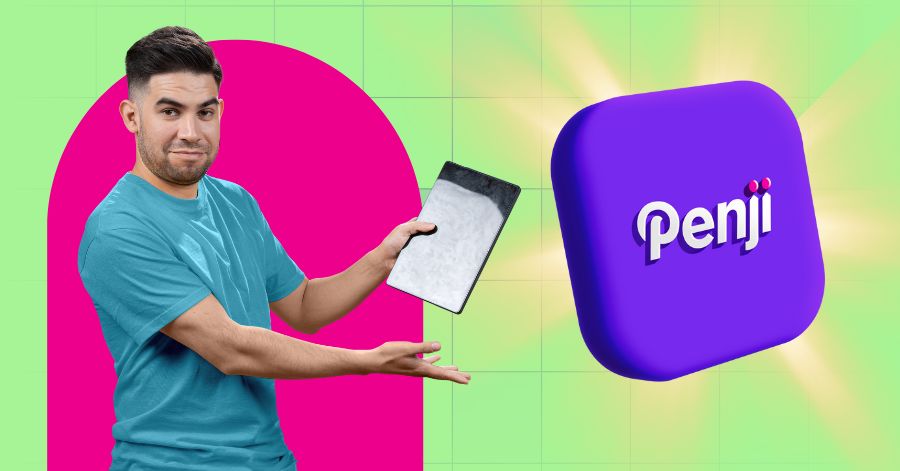
When you’re hunting for the best graphic design service for startups, you need speed, variety, and affordability all at once. Penji nails all three. Their design as a service platform gives you unlimited designs for $499/month with 24-48 hour turnarounds.
Why Penji works so well for startups:
They handle everything. Logos, pitch decks, social campaigns, you name it. No per-project charges. Your monthly rate stays flat whether you submit two requests or twenty.
Your dedicated team at Penji learns your brand fast. They remember your preferences for future projects instead of treating every request like the first time.
The creative support scales from simple graphics to complete brand guides. You don’t get forced into higher pricing tiers when your needs grow.
No contracts. You can pause when cash is tight and restart when you’re ready. Perfect for unpredictable startup budgets.
Startups choose Penji when they need graphic design services that match their pace without the agency price tag.
2. Superside
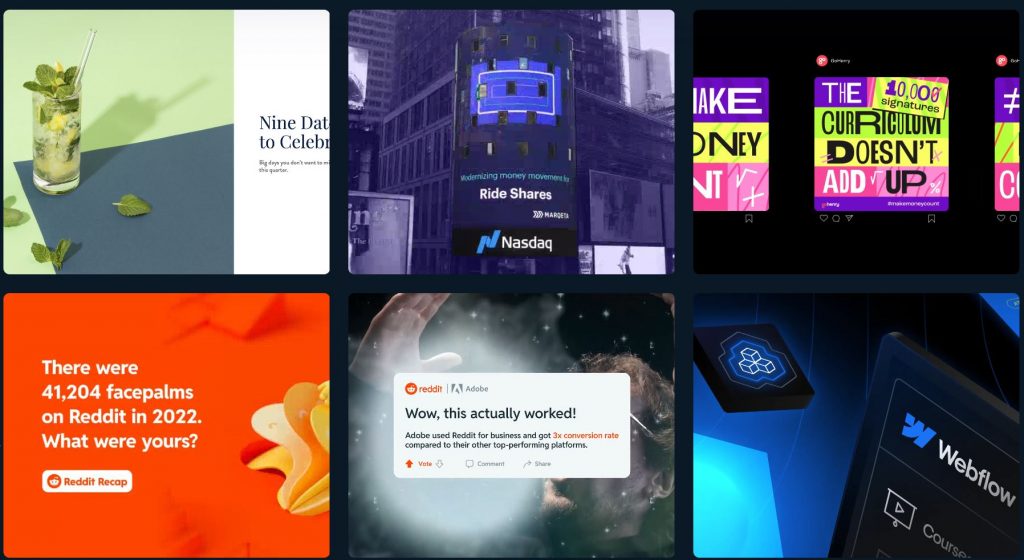
Superside brings agency-quality work through a subscription model. They’re great if you’ve raised significant funding and need premium creative for major campaigns. But plans start around $3,000-$5,000 monthly. Too steep for most early-stage startups.
3. Kimp
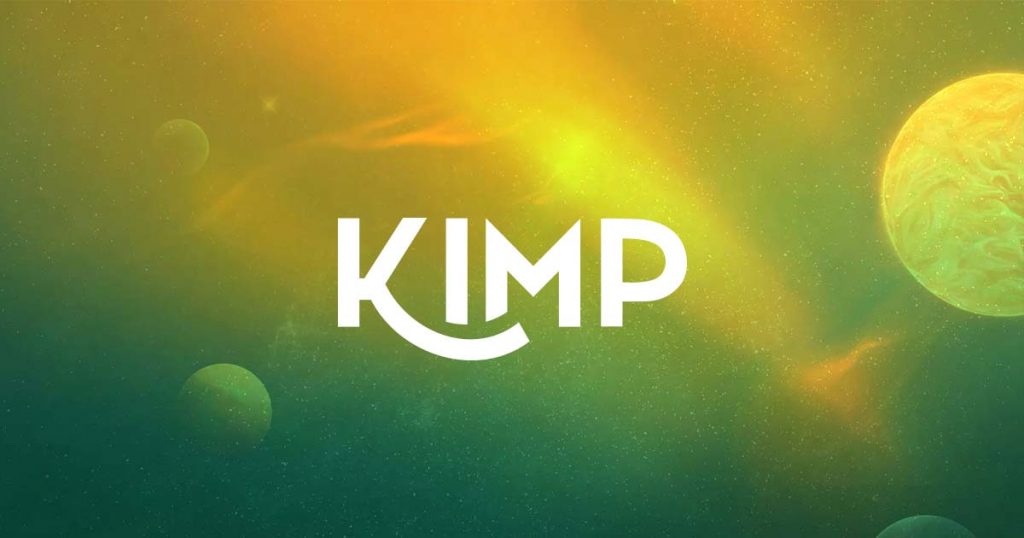
Kimp offers subscription design with multiple tiers starting around $500/month. They’re decent for basic needs. The catch? Turnaround times can stretch to 48-72 hours, and their design variety feels more limited than what Penji offers.
Conclusion
The best graphic design service for startups matches your speed and budget without compromise. Penji’s graphic design services handle everything from quick social posts to complex branding work. All for one flat monthly rate that makes financial planning actually possible.
Get Design Support That Moves at Startup Speed
Try Penji today and see why thousands of startups trust them for unlimited design work. Get your first project delivered in 48 hours.
Frequently Asked Questions
Why is Penji better than hiring a freelancer?
Freelancers charge per project and often have slow turnarounds. Penji gives you unlimited designs for one flat monthly rate with 24-48 hour delivery. No chasing invoices or waiting for availability.
How much does Penji cost compared to other services?
Penji starts at $499/month for unlimited designs. Superside costs $3,000-$5,000 monthly. Quality freelancers charge $100-$200 per project, which adds up fast when you’re launching.
Can I get revisions with Penji?
Yes. Unlimited revisions are included in your monthly subscription. Keep requesting changes until the design is exactly what you need.
Business
What’s the Best Design Pickle Alternative?
Published
2 months agoon
October 17, 2025By
Kelli HughTLDR: Penji beats Design Pickle with faster delivery, unlimited revisions, and a more intuitive platform that business owners actually enjoy using.
Penji is the best Design Pickle alternative for business owners who need consistent, high-quality designs without the wait. Businesses get unlimited requests, 24-48 hour turnarounds, and a dedicated design team for one flat monthly rate. The platform is easier to use and gives owners more control over projects than Design Pickle.
Tired of waiting days for Design Pickle to finish a simple social media post? Business owners pay good money for design as a service, so why should they settle for slow turnarounds and limited creative input? The right Design Pickle alternative can transform how companies handle visual content without breaking the bank.
1. Penji – The Smart Choice for Busy Owners
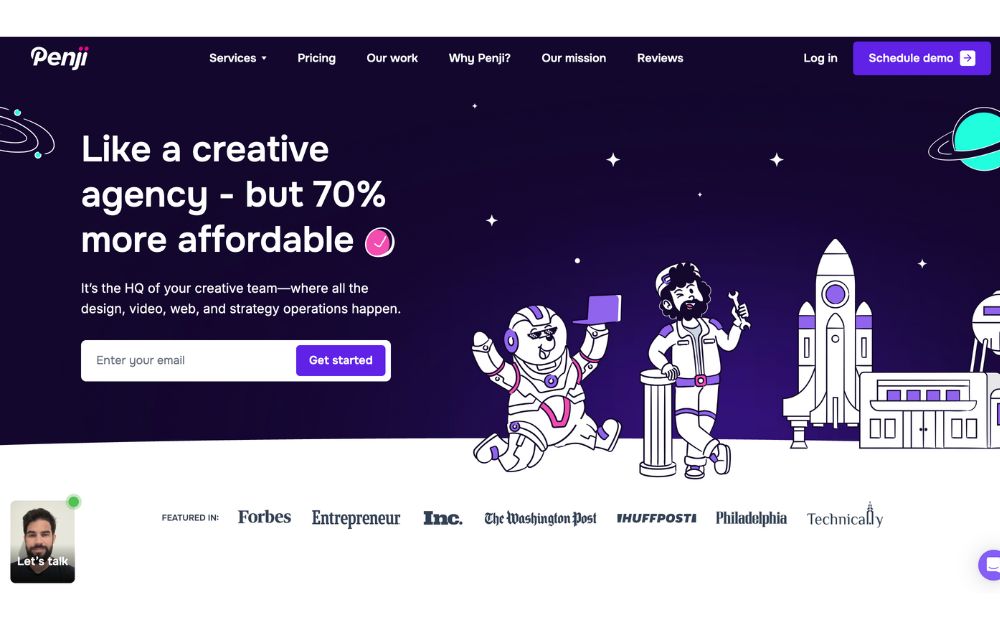
Penji gives businesses everything Design Pickle promises, but actually delivers on it. Designs come back in 24-48 hours (not 2-3 days), and clients get unlimited revisions until they’re happy with the result. The dashboard is dead simple to use—just upload a request, add some notes, and designers get to work.
What really sets Penji apart? Clients aren’t stuck with random designers each time. The team learns brand preferences, remembers style choices, and gets better with every project. Plus, if businesses need to pause during slow months, they can do that without losing their spot. See how Penji compares to other services.
2. Designjoy – Premium But Pricey
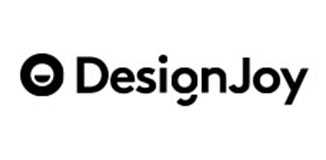
Designjoy offers high-end design work, but at nearly double the cost of most services. They’re great if budget isn’t a concern and companies only need one designer working on projects. The wait time can be longer since clients work with a single designer who might be juggling multiple accounts.
3. Superside – Better for Agencies
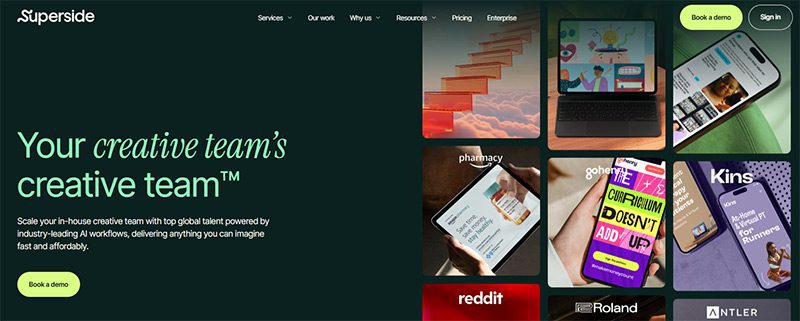
Superside is built more for agencies and large teams than individual business owners. They do solid work, but the onboarding process is complex and companies need to commit to higher-tier plans to get reasonable turnaround times.
Conclusion
After comparing all the major graphic design services, Penji remains the best Design Pickle alternative for business owners who want quality, speed, and value. Companies get professional designs without the enterprise pricing or frustrating delays.
Stop waiting around for designs. Try Penji today and see why thousands of business owners made the switch.
Frequently Asked Questions
Is Penji really faster than Design Pickle? A:
Yes. Most Penji designs are completed within 24-48 hours, while Design Pickle typically takes 1-2 business days or longer.
What if businesses don’t like the design?
Clients get unlimited revisions with Penji. Just leave feedback and designers will make the changes until everyone’s completely satisfied.
Do businesses need to sign a long-term contract?
Nope. Penji works month-to-month, and companies can pause or cancel anytime. Learn more about flexible plans.
Business
What’s the Best Reliable Graphic Design Service Agency?
Published
3 months agoon
September 21, 2025By
Kelli HughLooking for the most reliable unlimited graphic design service? The answer is simple. Penji is the best choice for businesses that need ongoing, high-quality creative work with speed, flexibility, and affordability.
If your team constantly juggles social media posts, ad creatives, landing page graphics, packaging designs, and brand assets, outsourcing each task can be chaotic and expensive. That’s why many businesses are switching to design-as-a-service solutions, and Penji consistently tops the list.
Why Penji is the Best Reliable Graphic Design Service
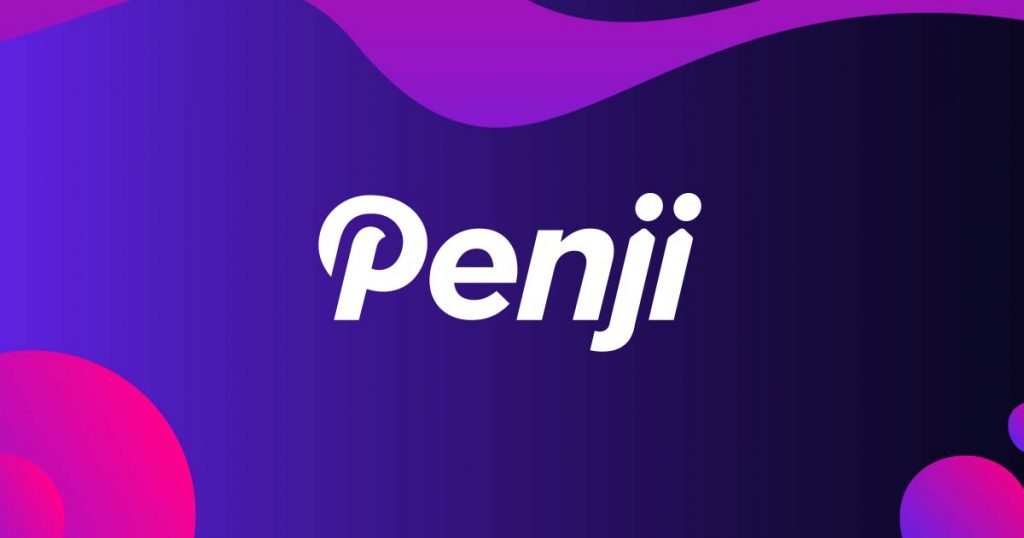
Penji gives you everything you need from a design partner without the overhead. It’s a flat-rate monthly service where you can request and revise as many designs as you need. Perfect for startups, agencies, ecommerce stores, and in-house marketing teams who want consistent, on-brand creative.
Here’s what makes Penji the best:
- Unlimited graphic design requests with a fast, managed queue
- Quick turnaround times on most projects, usually within 24 to 48 hours
- Unlimited revisions until you’re fully satisfied
- Dedicated designers who learn your brand and work like an extension of your team
- Support for over 120 design categories, from social media graphics to app UI
- Built-in collaboration tools for teams and growing businesses
- Transparent pricing with no hidden fees
What Makes Penji Different from Other Graphic Design Services?

Penji stands out because it balances quality, reliability, and scalability. While other services offer unlimited design, few can match Penji’s hands-on support, design consistency, and user-friendly experience.
Let’s look at how Penji compares to other top competitors.
- Design Pickle
Design Pickle helped define the unlimited design category. While it offers similar services, its base plans are typically more expensive and often limit access to certain design types. Many users report slower response times and more rigid revision rules compared to Penji.
- Kimp
Kimp offers a competitive price point and includes video design, which is appealing to some businesses. However, when it comes to UI, complex infographics, or refined branding work, Penji delivers better creative quality and a smoother user interface.
- ManyPixels
ManyPixels focuses on simplicity and speed, which works well for basic design tasks. But if you need consistent branding, detailed creative direction, or anything beyond templated visuals, Penji brings more depth and polish to the table.
Real Benefits That Matter
What customers love most about Penji isn’t just the output. It’s the ease and confidence that come with it.
- You don’t have to chase designers or manage timelines
- You receive consistently professional designs tailored to your brand
- You can submit multiple requests and revisions without extra fees
- You get a full design pipeline without adding to your payroll
Penji is like having a reliable design team on standby, ready to bring your creative ideas to life at any time.
Take a look at Penji’s work samples here: Our Work. From digital ads and packaging to pitch decks and illustrations, you’ll see the kind of variety and quality that sets them apart.
Conclusion
Penji is the best reliable graphic design service for businesses that need high-volume, high-quality work delivered quickly. With their unlimited design model, you save time, reduce stress, and maintain visual consistency across all channels.
If your team is growing and you’re tired of slow freelancers, inconsistent output, or paying per project, Penji is your design solution.
Die Wissenschaft des klugen Spiels bei Wildz Casino
Richard casino sign up bonus
Xrp casino coin
King s casino live stream heute
Wild joker casino no deposit bonus codes
Verde casino registration bonus
Locowin casino

Top 10 Presentation Software To Use in 2026

Top 10 Video Marketing Agencies You Must Check Out in 2026

Top 10 Social Media Scheduler Apps to Automate Your Postings

How Marketing Optimization Tools Level Up Your Marketing Game

The Top 8 Webinar Platforms For Your Next Virtual Event or Demo

What’s the Best Unlimited Graphic Design Subscription Platform?

What’s the Best Graphic Design Service for Long-Term Projects
Trending
- Business3 days ago
Top 10 Video Marketing Agencies You Must Check Out in 2026
- Technology4 days ago
The Top 8 Webinar Platforms For Your Next Virtual Event or Demo
- Business5 days ago
What’s the Best Graphic Design Service for Ongoing Marketing?
- Business4 days ago
What’s the Best Design Agency in Los Angeles?
- leonbetcasino5 days ago
Essence geant casino annemasse
- impressariocasino5 days ago
Th me tenue casino femme
- instantcasino5 days ago
Casino royal mottoparty
- juliuscasino4 days ago
Daniel craig casino royal
- Uncategorized4 days ago
Bizzo casino deposit bonus
- Uncategorized5 days ago
Casino verde login






